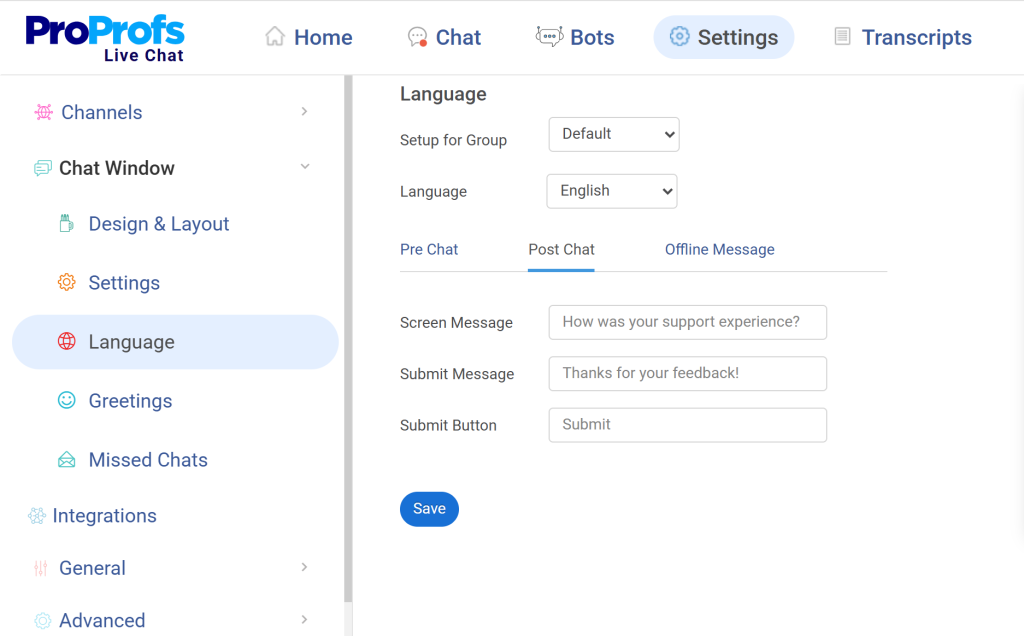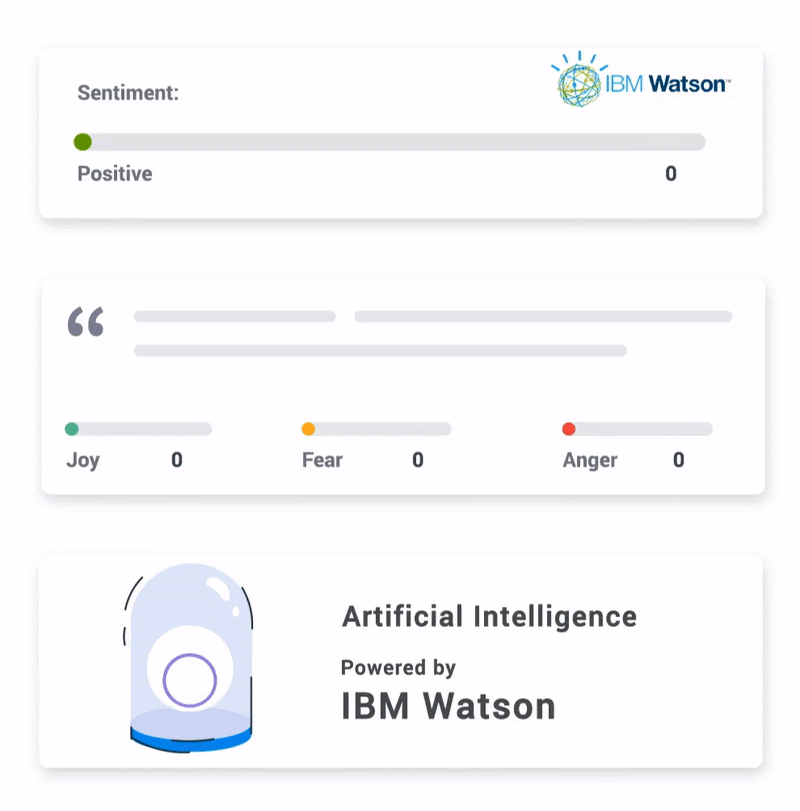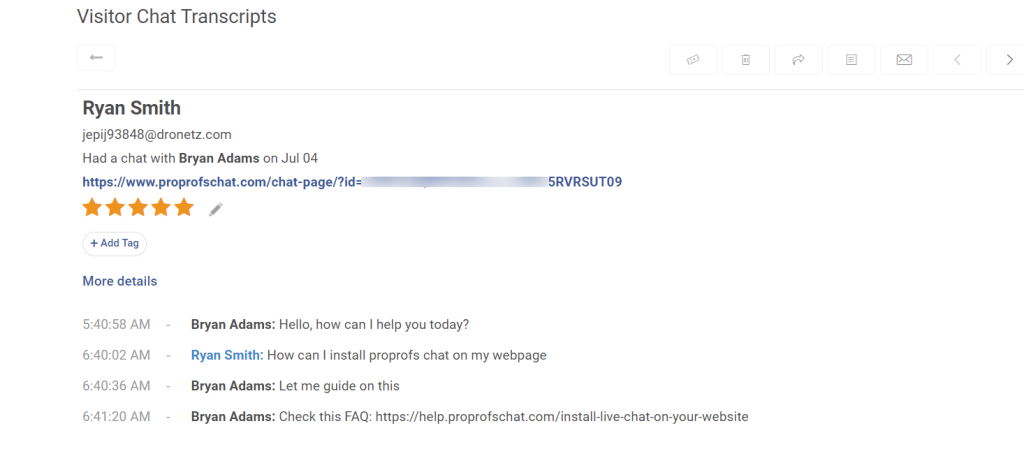Jeff Bezos once said, “We’re not competitor-obsessed, we’re customer-obsessed.” I love that quote because it captures the heart of growth: happy customers.
In 2025, if you wish to learn how to measure customer satisfaction, you must know that it isn’t just about firing off a boring survey. In fact, it’s about listening to what people are already telling you—through chats, reviews, tickets, and even social comments.
From my own experience, when you don’t track satisfaction properly, churn sneaks up before you know it. But with the right approach, you can catch issues early, fix them quickly, and turn feedback into real growth.
So, let’s dig into the most effective approaches for measuring customer satisfaction today.
What Is Customer Satisfaction & Why Does It Matter
Customer satisfaction is the measure of how well your product or service meets customer expectations. It reflects the gap between what customers hoped for and what they actually experienced. It’s more than just a score—it’s a snapshot of trust, loyalty, and brand reputation, showing how likely customers are to stay, repurchase, or recommend you.
Why it’s critical for business success:
- Builds customer loyalty and repeat business.
- Reduces churn and keeps revenue stable.
- Turns happy customers into brand promoters.
- Highlights areas for improvement in products or services.
- Strengthens competitive advantage in crowded markets.
8 Simple Strategies to Measure Customer Satisfaction
Growth doesn’t come from guesswork. It comes from knowing what makes your customers happy. So, how can you measure customer satisfaction? Let’s take a look at some proven ways of measuring customer satisfaction.
1. Conduct Surveys
Online surveys are the most common way to measure customer satisfaction. They help you capture direct feedback from customers, and different types of surveys serve different purposes.
For example, CSAT surveys measure immediate satisfaction, NPS tracks loyalty, and CES shows how easy it was to resolve an issue, while product or service surveys provide deeper insights.
These are often shared periodically to track trends. But if you need instant feedback, a live chat tool with post-chat surveys lets you measure satisfaction after every interaction—whether it lasts a minute or an hour.

2. Analyze Customer Feedback
Gathering feedback is only the beginning; the real value lies in analyzing it. Look at both quantitative data, such as CSAT or NPS scores, and qualitative input from surveys, reviews, or chat transcripts. Together, these reveal not just the numbers, but the stories behind them—what customers truly enjoy and where they face challenges.

You can use a sentiment analysis tool to quickly transform raw feedback into actionable insights. This will help you understand how customers feel and guide smarter decisions for meaningful improvements.
3. Monitor Customer Support Interactions

A great way to understand satisfaction is by observing how your customers connect with your support team. Notice how quickly issues are resolved, whether questions are answered clearly, and the overall tone of conversations. Over time, these details show how valued customers feel.
The best live chat tools allow you to review chat transcripts (chat history) on a regular basis. By analyzing these transcripts and tracking metrics like response time or rated chats, you can spot recurring pain points early, identify training opportunities, and continuously refine the customer experience.

4. Monitor Key Performance Indicators (KPIs)
KPIs help track customer satisfaction and loyalty. Some of the most important metrics to measure customer satisfaction are Customer Satisfaction Score (CSAT), Net Promoter Score (NPS), and Customer Effort Score (CES). Each offers unique insights into retention and overall customer experience.
A. Customer Satisfaction Score (CSAT)

CSAT measures immediate customer happiness after an interaction through quick surveys. High scores reflect strong service delivery, while lower scores reveal areas needing improvement. Tracking CSAT helps businesses fix pain points quickly and maintain consistently positive customer experiences.
B. Net Promoter Score (NPS)
NPS evaluates loyalty by asking customers how likely they are to recommend your business. Responses classify them as promoters, passives, or detractors. A higher NPS shows strong advocacy, while a low score signals potential churn risks that require action.
C. Customer Effort Score (CES)
CES assesses how easy it is for customers to resolve issues or use your product. Lower effort drives loyalty, while higher effort predicts churn. Monitoring CES highlights opportunities to simplify experiences and improve overall customer satisfaction.
5. Online Reviews and Ratings

Image Source: WordPress
Customer reviews and star ratings are like public scorecards for your business. They show you, in plain language, what people love and where they feel let down. To make the most of them, keep track of reviews on platforms like Yelp and Google Business Profile.
Don’t just read them—respond thoughtfully, thank happy customers, and address concerns quickly. Treating reviews as real-time feedback will boost trust while spotting opportunities to improve your products or services.
6. Track Churn and Retention Rates
Churn tells you how many customers are leaving, while retention shows how many choose to stay with you. Tracking both gives you a real sense of whether customers are satisfied. To measure churn, use this simple formula:
Churn Rate = (Customers Lost ÷ Customers at Start of Period) × 100
For example, if 100 customers subscribed last month and 90 renewed this month, your retention rate is 90%. With the help of customer retention software, you can monitor these numbers more efficiently and see whether your satisfaction strategies are truly paying off.
7. Conduct One-on-One Interviews

Image Source: Unsplash
Numbers can’t always explain everything. One-on-one interviews let you talk directly with customers, online or in person, and hear their experiences in their own words.
Take Apple, for instance. Beyond product reviews, Apple frequently holds in-depth conversations with select users to understand how they experience new features. In one case, feedback from business customers about device deployment challenges shaped improvements in Apple’s enterprise tools.
This shows how direct interviews can surface pain points and opportunities that data alone can’t, helping brands refine experiences and boost customer satisfaction.
8. Online Forums & Communities
Online forums and communities are great spaces where customers freely share experiences, frustrations, and ideas. The best part is they provide unfiltered and candid insights into what people really think about your brand.

Image Source: Annsmarty
Here’s how to make the most of online forums and communities:
- Join existing groups like Reddit, Quora, or Facebook to spot recurring issues and engage with discussions.
- Create your own community on Slack, Discord, or LinkedIn to gather ongoing feedback and build stronger connections.
Best Practices to Improve Customer Satisfaction
Learning how to measure user satisfaction is just the beginning. The real impact comes from acting on those insights and turning them into experiences customers truly love.
Here are some best practices to help you do that:
| Best Practice | How It Helps |
|---|---|
| Act quickly on feedback | Shows customers you care and builds trust by resolving issues without delay. |
| Personalize interactions | Makes every touchpoint feel relevant by tailoring messages and recommendations. |
| Empower your support team | Equips agents with tools and training to solve problems effectively. |
| Be proactive | Anticipates needs with reminders, follow-ups, or helpful product tips. |
| Keep communication clear | Builds confidence by keeping policies, instructions, and updates simple. |
| Reward loyalty | Retains happy customers through perks, discounts, or exclusive access. |
| Invest in self-service | Saves time with FAQs, chatbots, and knowledge bases for instant answers. |
| Stay consistent across channels | Ensures customers get the same quality experience via chat, email, or phone. |
Turn Every Interaction Into a Satisfaction Opportunity
Measuring customer service satisfaction is more than running surveys—it’s about combining metrics, feedback, and real-time insights to truly understand your customers. From CSAT and NPS to live chat surveys and community monitoring, the goal is simple: spot issues early and turn feedback into growth.
To get started, focus on listening actively, acting quickly on feedback, and personalizing customer experiences. Invest in tools that make this easier and more effective. A great option I would recommend is ProProfs Chat, which lets you capture instant feedback, run post-chat surveys, and improve satisfaction with every single customer interaction.
Frequently Asked Questions
What are the common challenges in measuring customer satisfaction?
Some of the biggest challenges include low survey response rates, asking the wrong questions, relying only on numbers without context, and acting too slowly on feedback. Another challenge is balancing between over-surveying (which can annoy customers) and gathering enough meaningful data to make improvements.
How often should you measure customer satisfaction?
It depends on your business model, but a good rule of thumb is to measure continuously at key touchpoints—like after support interactions, purchases, or service delivery. In addition, run broader surveys quarterly or biannually to track trends. This mix gives you both real-time insights and long-term patterns.
What role does customer feedback play in measuring satisfaction?
Customer feedback is the backbone of measuring satisfaction. Metrics like CSAT or NPS give you numbers, but feedback explains why customers feel the way they do. Analyzing comments, reviews, and suggestions helps uncover pain points, highlight strengths, and guide meaningful improvements that go beyond surface-level scores.
FREE. All Features. FOREVER!
Try our Forever FREE account with all premium features!

 We'd love your feedback!
We'd love your feedback!
 Thanks for your feedback!
Thanks for your feedback!






